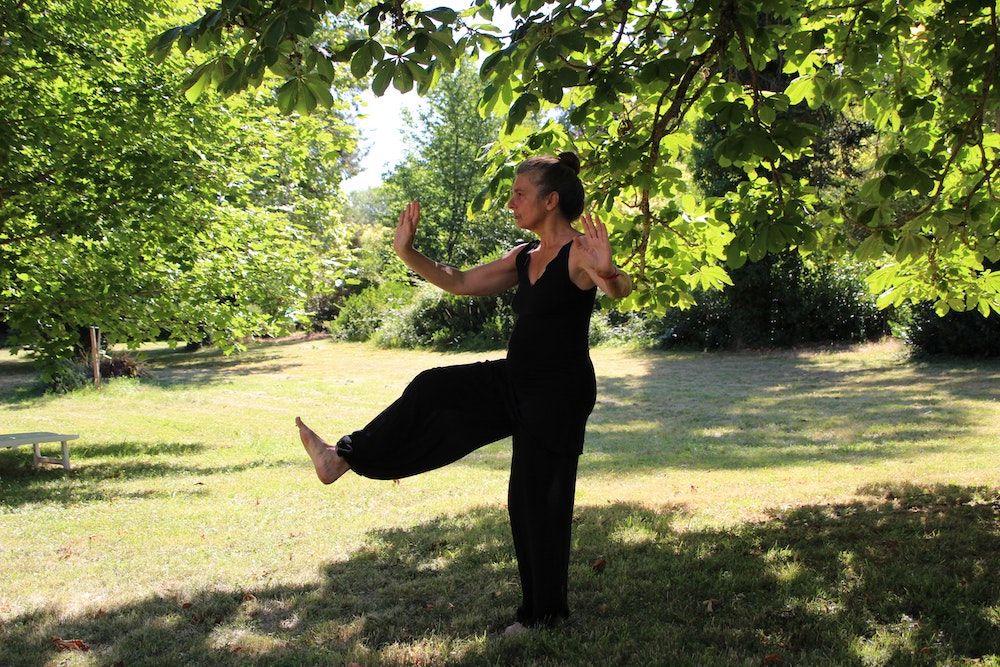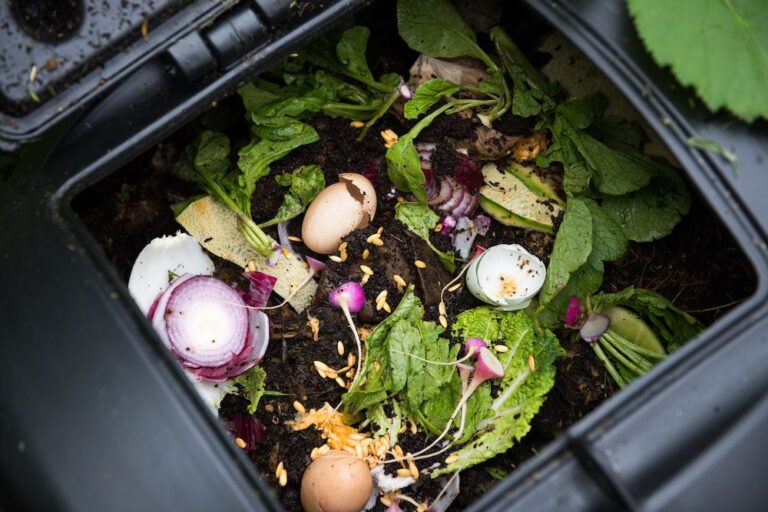From the podcast that’ll have you reflecting on your life so far, to the course that will broaden your horizons, open your mind to our latest top recommendations
1. Page-turners

My Tiny Kitchen Garden by Felicity Hart
If you have limited space, or no outdoor space at all, but have always dreamed of growing your own food, then this is the book for you. From covering the basics of micro-gardening to plant profiles that’ll help you choose what to grow, get your green fingers ready for this fruitful read.
(Out now, £8.99, Summersdale)
2. Out and about
Cloud watching
If, when you read ‘cloud watching’ you brushed it off as something whimsical and unexciting, think again. Sitting back and watching the clouds go by can be a wonderful exercise in mindfulness, as well as a deeply relaxing pastime – whether you’re eight or 88 years old. Take some time to really sit back and notice the world around you, or sign up for the Cloud Appreciation Society, share in the wonder of our skies, and find cloudspotter groups near you.
(cloudappreciationsociety.org)

3. Act of kindness
Donate to or volunteer with Strut Safe
Strut Safe is a new initiative that offers a free phone service for people in the UK to call while walking home alone – with volunteers staying on the line until callers are safely home. Relying entirely on donations and volunteers to run the phone lines, support is needed to grow the service. Could you help?
(Head to strutsafe.org)
4. Lend us your ears
‘The Way We Are with Munroe Bergdorf’
Join activist and writer Munroe Bergdorf and her guests each week as they reflect on their personal journeys of growth. Exploring how the events of their lives have shaped the people they are today, tune-in to this celebration of the things that make us who we are.
(Available on all podcasting platforms)
5. Plugged-In
Carissa Potter Carlson
You know that moment where you come across something that perfectly captures a thought or feeling you thought no one but you had? Artist Carissa Potter Carlson’s Instagram feed is dedicated to creating those moments, so that we can all feel a little less alone. From the hopeful to the honest, these simple illustrations pack a powerful message.
(Follow @peopleiveloved)
6. Tech tip-offs
Daily Bean
An easy, digital way to track your mood and the many variables that can affect it, Daily Bean prompts you to fill out a log each day so that you can trace your wellbeing from one day to the next. Customisable to your own needs and circumstances, and with a paid version that offers in-depth stats and trends, this app is a new way to get an overview of where you’re at.
(Available on from the App Store and Google Play Store)
7. Lesson learned
British Sign Language
If you’ve ever been interested in learning British Sign Language, now is the time. Since the start of the pandemic, British Sign has introduced a ‘Pay it Forward’ scheme, where you can now study a 20-hour CPD certified course, and pay what you wish, starting from just £3. Work through the course at your own pace, and help make the world a more accessible place.
(Visit british-sign.co.uk)
8. Get going
Tai Chi
A traditional Chinese martial art that is performed in a very slow and graceful manner, Tai Chi is an excellent way to get moving while bringing some mindfulness into your life. Follow tutorials online, or learn routines that you can pick up and take with you wherever you go, and enjoy the unique pleasure of this ancient activity.
(Search for Tai Chi tutorials on YouTube)

9. Square eyes
Making Fun
The premise is simple: each episode, kids pitch the team of makers a wild build – from a giant dinosaur that shoots tacos from its mouth, to an oversized guitar that doubles up as a boat – and the team then have the task of making their dreams a reality. It’s whacky, creative, and perfect for the whole family.
(Available on Netflix)
10. Treat yourself
Drop of Colour painting kit
The perfect way to channel your creativity, the painting kits from Drop of Colour offer all that you need to create a painting from scratch. Including brushes, high-quality paper, and paints, as well as a reference image and step-by-step instructions, this kit has everything beginners and pros alike need to grow your artistic skills.
(From £14, dropofcolour.com)
To connect with a life coach or discuss ways that you can work on your own mental wellbeing, visit lifecoach-directory.org.uk























